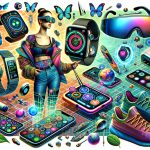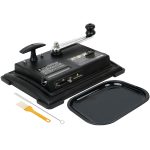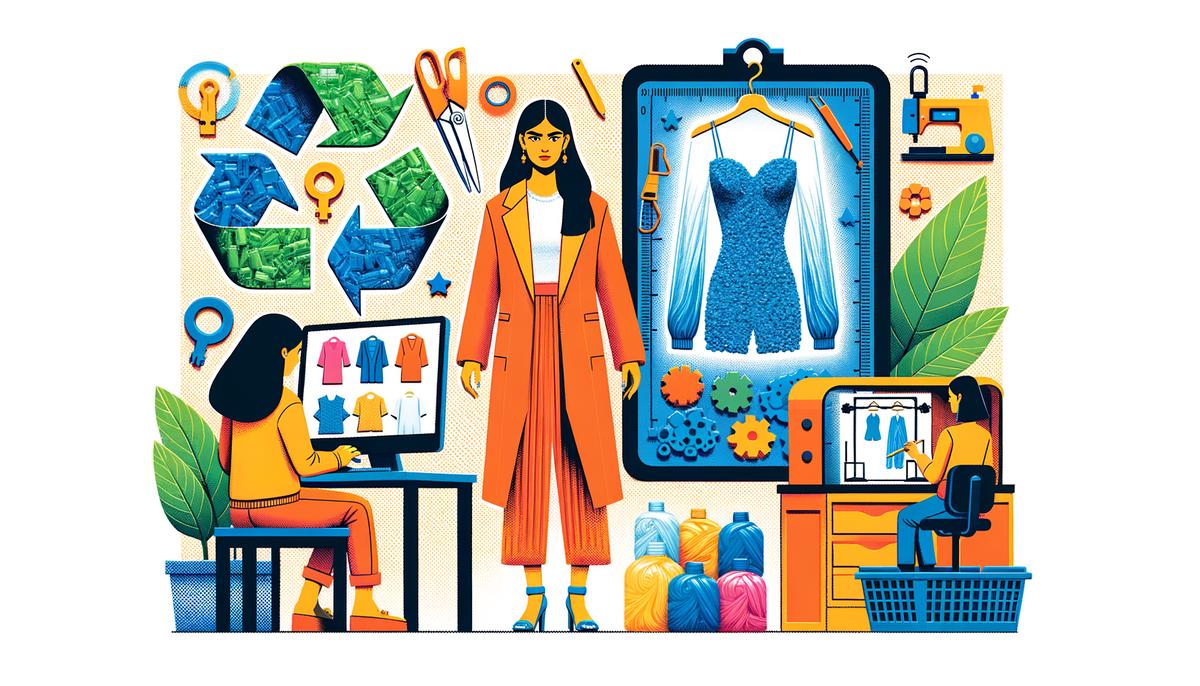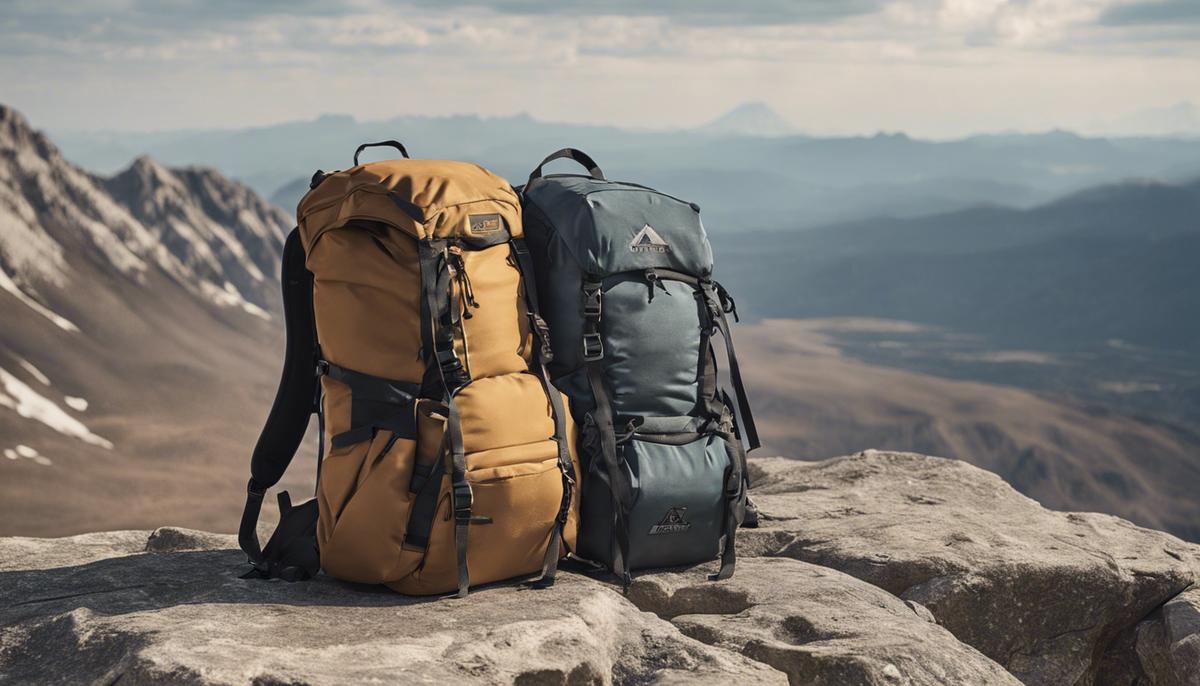The dynamic world of fashion photography is as multifaceted as the clothing designs it showcases. As a captivating confluence of art, commerce, and technology, this genre has transcended the limits of the runway to engrave its influence across society’s visual narrative. From the loftiness of high-end studio shoots to the candid authenticity of street style snaps, fashion photography’s evolution is a testament to its adaptability and cultural resonance. Illuminating the intricate dance between light and shadow, fabric and form, fashion photographers not only freeze moments in time but also craft the future ethos of style and presentation. Together, we’ll trace the emergence of these visual pioneers from their nascent days, explore the sophisticated techniques that define modern fashion imagery, unravel the intricacies of its business practices, and examine the innovative ways photographers are turning pixels into profit in the digital epoch.
The Evolution of Fashion Photography
Street Smart: The Bold Move from Studio to Sidewalk in Fashion Photography
Picture this: once upon a time, fashion photography was synonymous with the hushed tones of a studio, the precise placement of lights, and the calculated gaze of the camera lens. A curated world where every shadow and silhouette was meticulously crafted—this was the realm of high fashion, a controlled environment that spoke of exclusivity and sophistication.
Fast forward to today’s dynamic fashion scene, and it’s evident there’s been a seismic shift. A revolution, if you will, that has taken fashion from the confines of the studio to the bustling vibrancy of the street. It’s a change that has not only expanded the definition of what fashion photography can be but allowed it to pulse with authenticity. The street has become a stage—a backdrop rich with real-life textures and an unfiltered atmosphere.
Why this shift, you ask? Innovation is the cornerstone of industry success, and the fashion world thrives on fresh perspectives. By stepping out onto the street, photographers have captured fashion in its natural habitat, where trends are born, lived, and breathed. This intersection of culture and clothing is where fashion comes alive. It resonates with people—it’s relatable, and that’s a powerful draw.
The move to street fashion photography has brought an edge of realism to an industry often criticized for its focus on the unattainable. Street scenes are unpredictable, they’re charged with spontaneity, and they reflect the diversity of everyday life. Gone are the days when a single model on a white backdrop was the epitome of style. Now, diversity leads. Images showcase a kaleidoscope of body types, ethnicities, and personal expressions.
Moreover, high fashion has become more accessible to the general public. Street style photos capture fashion in action, not just on a pedestal. This democratizes what was once the exclusive purview of the fashion elite, inspiring onlookers to embrace their style and personal brands.
From a marketing standpoint, the shift is genius. Street fashion photography is a form of social proof, a nod to the way people actualize trends in the real world. Brands and designers get an authentic engagement—they see what survives the translation from runway to real-life. What works. What sticks.
Through the lens of street style, a new conversation begins between the creator and the consumer. It fosters a community around fashion, it tells a story, and in storytelling lies the power to influence and persuade. It allows fashion to do what it does best—create statements and start dialogues.
The beauty of street fashion photography shouldn’t be underestimated. It’s not just a change in scenery—it’s a strategic pivot. By embracing the chaos and charm of the street, the fashion industry is reinventing itself continuously. It’s keeping in step with a world that moves fast, values authenticity, and pushes for inclusivity. This, in essence, is the art of keeping an industry not just alive, but vibrantly kicking.
Remember, fashion is not just about the clothes; it’s about the people in them, and the streets they walk on. This transformation from studio to street isn’t just a background change—it’s an industry redefining itself to reflect its dynamic consumer base and the ever-changing, ever-evolving narrative of style.
And that’s a wrap—the streets are calling, and fashion is answering with its camera ready.
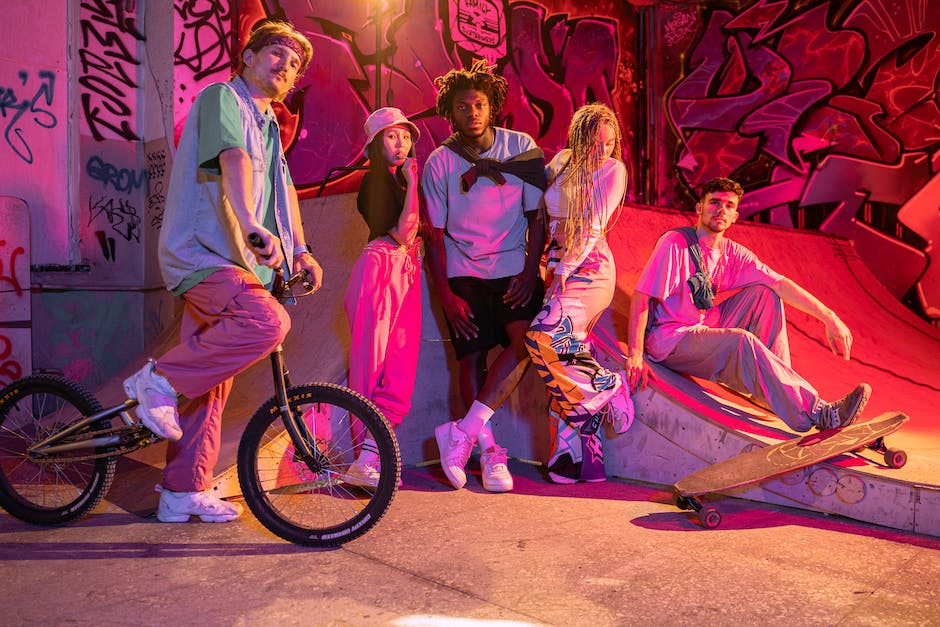
Techniques in Modern Fashion Photography
Embracing Technology: The New Frontier in Fashion Photography
As the fashion industry continues to pivot toward more relatable and dynamic content, technological advancements are playing a crucial role in reshaping the lens through which we view fashion photography. The integration of state-of-the-art techniques is not only revolutionizing the aesthetic dimensions but also amplifying the efficacy of fashion campaigns.
One of the standout innovations transforming fashion photography is the use of drones. These high-flying devices are taking fashion shoots to new heights, literally. By incorporating drone technology, photographers are capturing stunning aerial views and delivering breathtaking perspectives that ground-based cameras simply can’t achieve. The result? An unparalleled view of clothing in motion, against a backdrop of expansive landscapes or urban cityscapes, breaking the boundaries of traditional studio settings.
Another game changer is the rise of 360-degree photography. With the ability to capture every angle in a single shot, this method offers an immersive experience, allowing viewers to interact with fashion pieces in a virtual space. By clicking and dragging on the image, they can scrutinize details and appreciate the design from every perspective, thus fostering a deeper understanding and appreciation of the artistic expression behind each piece.
Augmented Reality (AR) is yet another piece of tech redefining fashion photography. The digital overlay of information or imagery onto real-world environments has the power to turn a simple photograph into an engaging, interactive experience. Imagine flipping through a magazine or browsing an online catalog and being able to virtually try on outfits or see the clothes come to life off the page. This is not only changing consumer buying behavior but also setting new standards for how fashion is marketed.
Equally disruptive is the utilization of artificial intelligence in creating hyper-customized content. AI algorithms can analyze data to predict consumer preferences and produce fashion imagery that resonates on a personal level with the viewer. This tailored approach to photography ensures higher engagement rates and can significantly increase conversions by showcasing products in a manner that feels individually curated.
Finally, photorealistic 3D rendering is allowing designers and photographers to experiment without limits. By creating lifelike images of garments and accessories in digital spaces, brands can engage with their audience long before physical prototypes are produced. This not only speeds up the creative process but also allows for rapid iteration and testing of consumer reaction to different styles.
As fashion photography embraces these cutting-edge techniques, it is stepping into a new era of creativity and connection. The seamless blend of technology and art is not just changing the way products are presented; it’s revolutionizing how they’re experienced, drawing in consumers with interactive and innovative visual storytelling. This intersection of art and technology promises to keep the fashion industry at the forefront of digital marketing excellence.
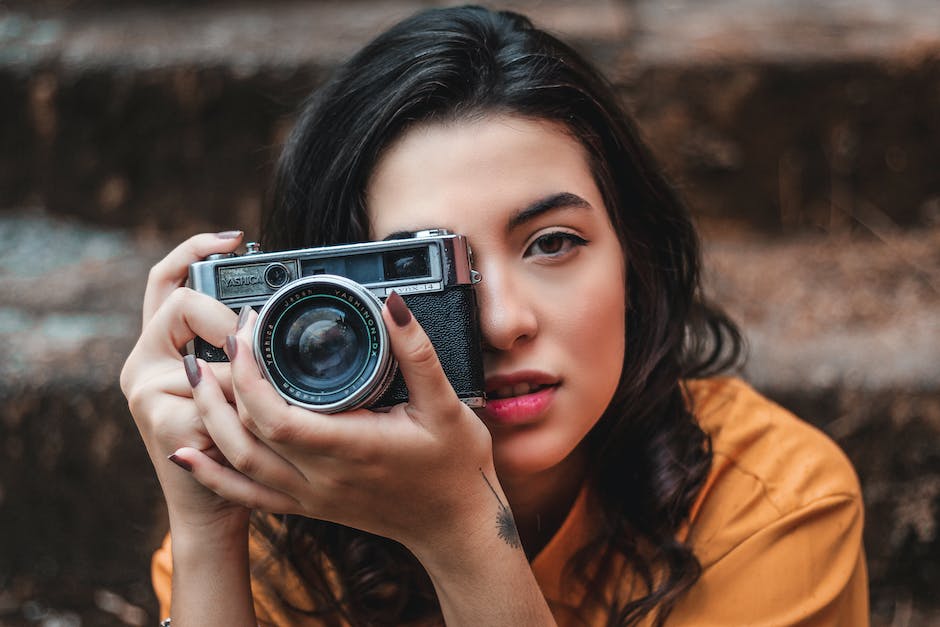
How does Fashion Photography Navigate the Line Between Inspiration and Insensitivity?
Fashion photography often walks fashion’s thin line sensitivity. While aiming to inspire and innovate, it’s crucial to avoid crossing into insensitivity. Navigating this balance requires awareness, cultural sensitivity, and a deep understanding of the impact images can have. It’s a delicate dance that requires a nuanced approach.
Business Strategies in Fashion Photography
Expanding Frontiers: The Entrepreneurial Fashion Photographer’s Guide to Dominance
In a cutthroat era where the fashion lens continuously zooms in on innovation, successful fashion photographers master the art of differentiation. Given the soaring demand to stand out, these visual wizards are bending rules and breaking the mold to deliver exceptional value to both brands and consumers.
Lets’s sharpen our focus on the arsenal of tactics that savvy photographers employ to carve their indelible mark:
- Leveraging Social Media Influence:
- Niche Specialization:
- Network Synergies:
- Adapting to Consumer Patterns:
- Strategic Partnerships:
- Mastering the Art of Experience:
Utilizing platforms like Instagram, fashion photographers extend their reach, harnessing the power of followers to navigate the trend currents. This isn’t just about posting captivating images; it’s a strategic game of engaging followers with sneak peeks, exclusive behind-the-scenes looks, and interactive content that solidifies their authority and flair.
The linchpin to a thriving practice may lie in specialization. By positioning oneself as an expert in a specific realm, say sustainable fashion or luxury branding, photographers create a laser-focused portfolio that resonates deeply with a certain segment, be it eco-conscious brands or high-end designers.
Leveraging their wide professional network, industry-savvy photographers explore synergies that catalyze their growth. Collaborations with fashion influencers, makeup artists, and stylists not only amplify exposure but also breed innovation through diverse inputs and shared visions.
Keeping a finger firmly on the pulse of consumer behavior, the forward-thinking photographer anticipates and adapts to whims and preferences. Whether rooting their craft in vintage vibes or aligning with the rise of ‘athleisure’, they remain pivot-ready, ensuring relevancy in a volatile fashion landscape.
Photographers cultivate symbiotic ties with burgeoning online retail platforms, blurring the lines between e-commerce and fashion photography. Tailored content that enhances the shopping experience not only benefits the platforms but also elevates the photographer’s role to that of an indispensable asset.
In today’s market, the experience reigns supreme. Success hinges on a photographer’s ability to transcend merely showcasing clothes, creating an immersive narrative that beckons the consumer into a world encapsulated by the brand’s essence.
For the entrepreneurial photographer, it’s not just about capturing images but capturing minds. In the confluence of art, commerce, and technology, opportune moments abound for those poised to innovate. The key to creating a distinct market niche lies in embarking on ventures that not just reflect the zeitgeist but also shape it. Embrace disruption, craft experiences, and watch as the world becomes your canvas, one frame at a time.
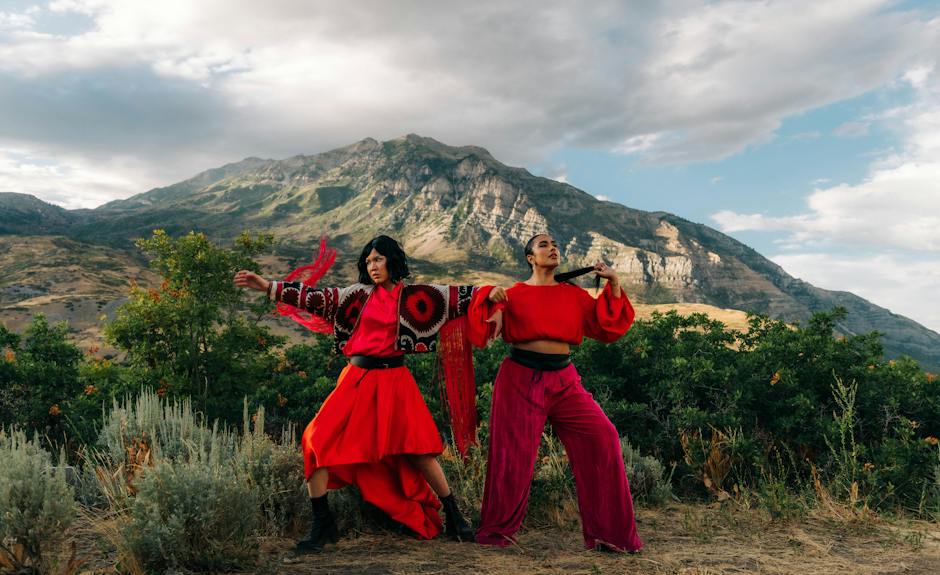
Monetizing Fashion Photography in a Digital Age
With the landscape of fashion photography ever-expanding and evolving rapidly, those with a keen eye for profitability are turning to less traditional streams. The focus now is harnessing the power of digital platforms and exploiting cutting-edge visual trends.
Leveraging social media isn’t just about posting captivating images. It’s about monetizing one’s influence. Fashion photographers today are becoming influencers in their own right, building sizable, engaged followings that brands are eager to tap into. By collaborating with fashion and lifestyle companies, these photographers don’t just earn from the shoot itself, but also from sponsored posts and shared ad revenues.
Niche specialization has emerged as a lucrative strategy. By focusing on a highly specialized area within fashion photography, be that vintage apparel, luxury accessories, or sustainable fashion, photographers can command higher fees and attract a dedicated audience. This creates a brand for the photographer that’s as strong as the labels they capture through their lenses.
The network synergies that can be exploited in today’s connected world cannot be overstated. By teaming up with designers, models, stylists, and make-up artists, photographers leverage each other’s audiences, creating a more substantial presence across different market segments. This mutual amplification leads to bigger projects and better exposure – translating directly into profitability.
Adapting to consumer patterns means staying ahead of the trends, understanding what visuals drive engagement, and translating that into sales for the brands one works with. E-commerce has shifted consumer expectations – shoppers now desire a closer look, a feel of real-time purchasing. Fashion photographers meeting this need with interactive visuals, quick turnarounds, and imagery optimized for online platforms stand to gain the most.
Strategic partnerships extend beyond the immediate world of fashion. Teaming up with tech companies, digital marketing firms, and emerging online retailers provides new channels for revenue and broadens the scope of work. Such collaborations often lead to long-term contracts, stability, and a constant stream of creative opportunities.
Lastly, mastering the art of experience in fashion photography ensures repeat business and word-of-mouth recommendations. Whether it’s an exclusive shoot at an exotic location or an innovative approach that makes a brand’s collection pop, delivering an exceptional experience will always be in high demand.
To sum up, the most profitable avenues in fashion photography today revolve around embracing digital trends, carving out a specialized niche, building powerful networks, staying consumer-focused, forging strategic alliances, and delivering unparalleled photographic experiences. The ones who master these areas are not just staying relevant; they are redefining the genre and securing their share in a highly competitive market.
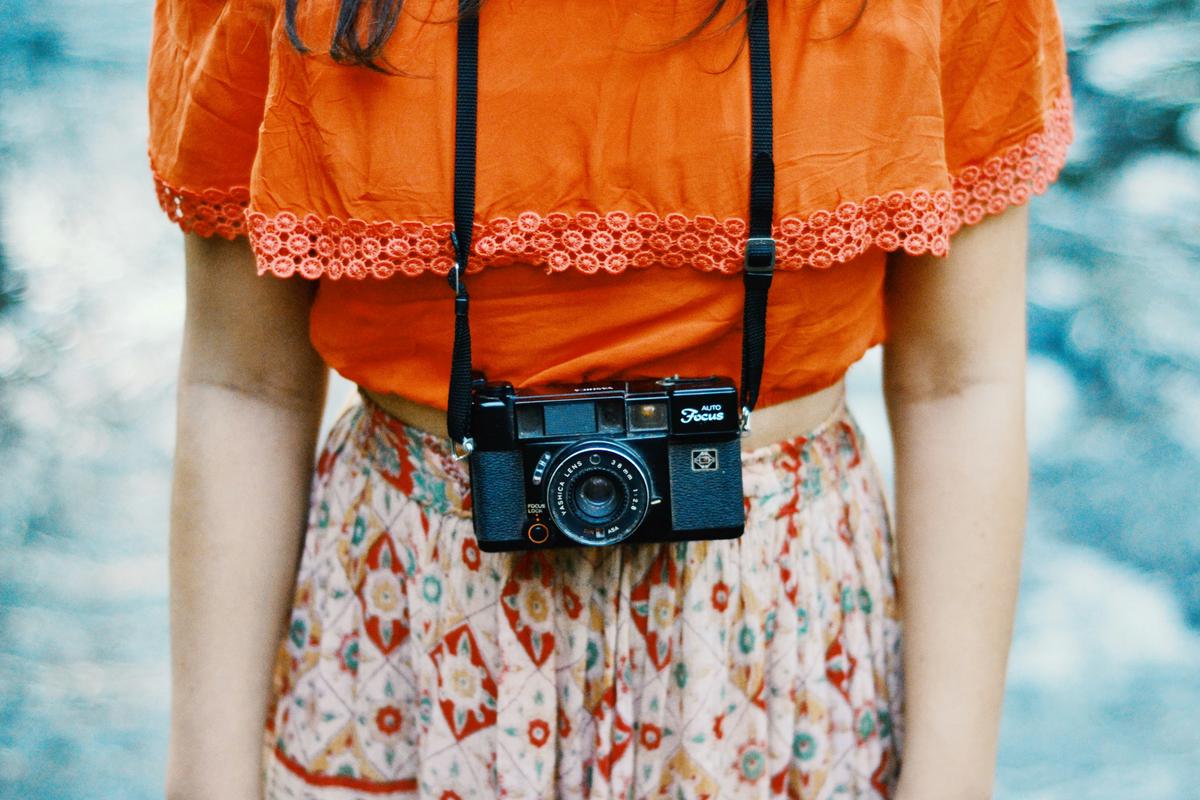
Photo by camilacordeiro on Unsplash
Fashion photography remains a potent force in shaping aesthetic zeitgeists, a medium where commercial appeal meets the apex of creativity. As we’ve navigated through its history, techniques, and business acumen, it’s clear that success in this field hinges on an alchemy of vision, versatility, and vigorous entrepreneurship. In a world where style is a language of its own, the camera serves as a translator for the unspoken, a tool for the visionary to articulate the zeitgeist of the era. Emerging and established photographers alike continue to redefine the parameters of this genre, proving that fashion photography will forever be a vibrant, ever-changing tableau, reflective of society’s perennial dance with style. The journey through this fascinating landscape of fashion photography is emblematic of the art’s unwavering quest to capture the zeitgeist, demonstrating that even beyond the runway, the narrative of fashion continues to unfold through the discerning lens of its narrators.




